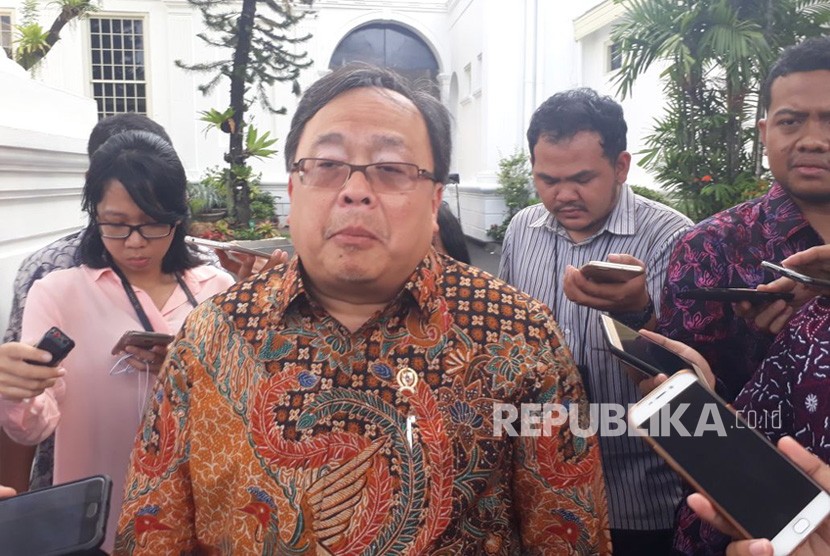REPUBLIKA.CO.ID, JAKARTA -- The National Development Planning Agency (Bappenas) has targeted to lower Gini Ratio, which is used to measure the level of inequality. The number to below 0.39 by the end of 2018.
"This year, we are expected to reduce the ratio below 0.39, and next year to 0.38," Head of Bappenas, Bambang Brodjonegoro, said on the sideline of a public consultation forum here on Wednesday.
The state budget 2018 has targeted the ratio to reach 0.38 percent in the year. Brodjonegoro had previously expected the Gini Ratio to be lowered to 0.37 in 2019.
He admitted that lowering the ratio would not be an easy task, citing the government's achievement to reduce the ratio from 0.4.
"It is very good. A sharp increase was recorded in 2011 due to commodity price. The government has targeted the program to lower the ratio gradually, from above 0.4 to 0.391," he added.
The reduction of inequality is a development focus that needs to be carried out comprehensively. Based on President Joko Widodo's direction, the government should focus on reducing inequality among income groups and between regions, as stated in the National Medium Term Development Plan (RPJMN) 2015-2019.
By 2019, the poverty rate is expected to fall between 7 and 8 percent from the baseline rate of 11.22 percent in 2015. Similarly, the rate of inequality may decrease from 0.408 in 2015 to 0.36 at the end of the RPJMN.
Brodjonegororevealed that among the program that would be used to reduce the inequality is the Family Hope Program (PKH).
"Efforts to reach the target of Gini Ratio were made with PKH and other poverty alleviation programs. There are also land reform, small and medium enterprises empowering program, and farmers and industry partnership," he remarked.
Based on data from the Central Bureau of Statistics, in relation to the Gini Ratio from 2016 to 2017, the share of middle-class expenditure (40 percent) increased by 0.38 percent, the upper group (20 percent) decreased 0.48 percent, and the lower group (40 percent) rose but only 0.1 percent.
The government would be more aggressive in reducing the inequality, which is focused on 40 percent of the lowest income group, which is considered to be not yet significantly benefitted by various programs or activities that have been made by the government so far.
In addition to the government's intervention, both with direct assistance and basic infrastructure, Brodjonegoro noted that the lowest income group would be encouraged to become entrepreneurs.


